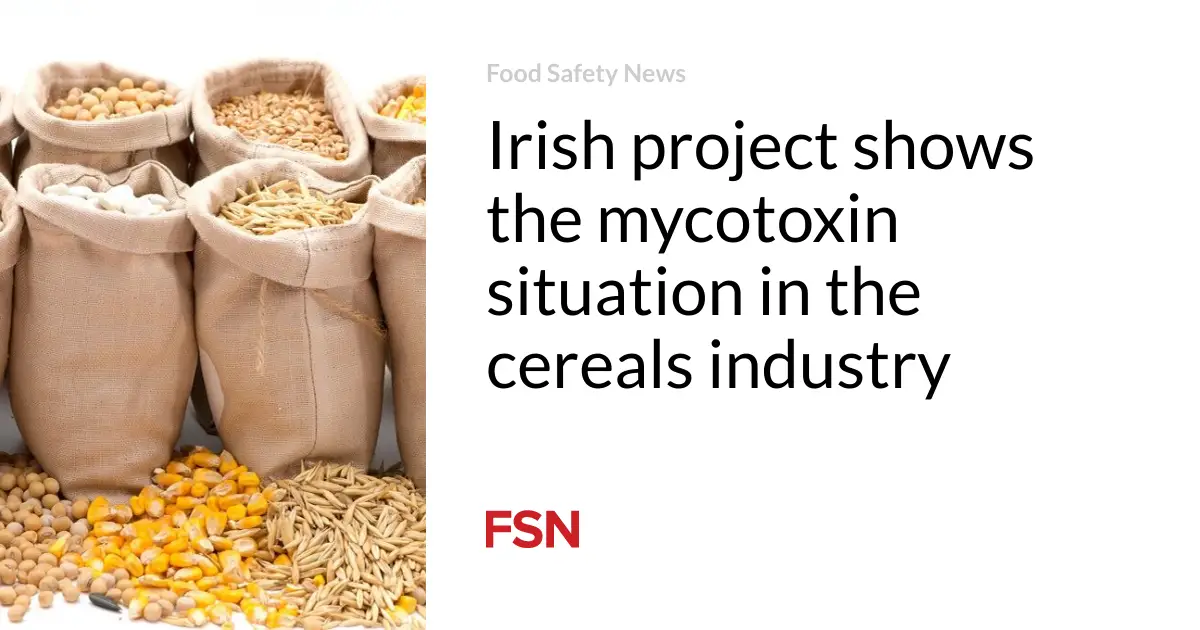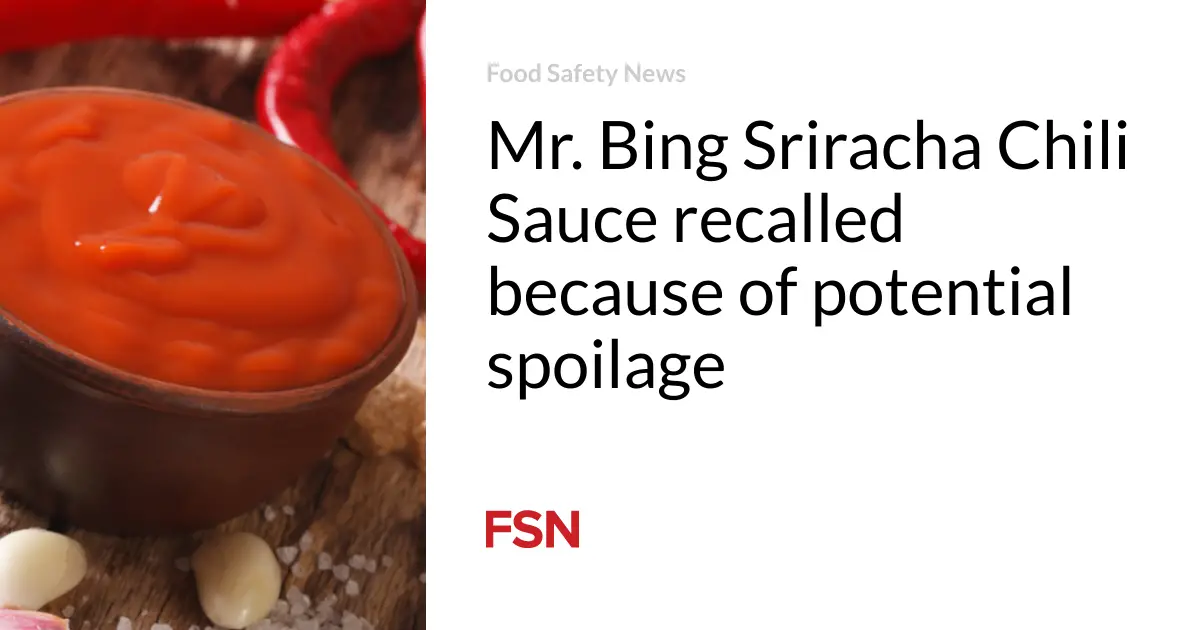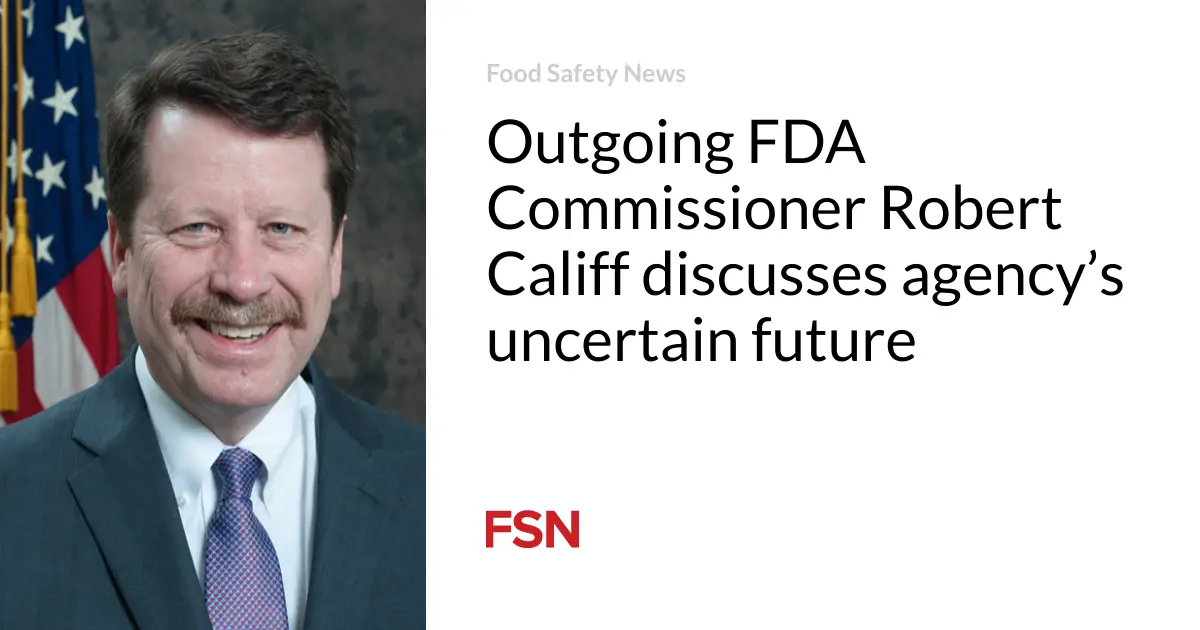
[ad_1]
Scientists have looked at mycotoxin issues in the cereals sector in Ireland to help better protect consumers.
Ireland is an important producer of oats and barley. While some of the output is used as animal feed, a significant proportion is used in the food and beverage industries.
Chris Elliott, an ex-professor of Food Safety at the Institute for Global Food Security at Queen’s University Belfast, and a team of researchers have undertaken the work. It looked at the prevalence of certain mycotoxins and approaches to their measurement and control. Safefood published the findings.
Typical oat-derived foods include breakfast cereals, breads, biscuits, infant food, muesli, granola bars, and oat dairy alternatives. Barley is used in the production of breakfast cereals, malt vinegar, and in various cooked foods.
Analysis of oats highlighted that the mycotoxins T-2, HT-2, and ochratoxin A present an ongoing challenge to the industry. Processing, such as de-hulling, is sufficient to reduce the concentrations of T-2 and HT-2 in oats. Observed contamination of oats with ochratoxin A has reinforced the importance of adequate drying, storage, monitoring, and control.
Data analysis emphasized higher contamination levels in conventionally produced oats compared to organic systems. Fungicide use and storage of oats in farm stores led to elevated mycotoxin contamination. Fungicide application before harvest and storage conditions following oat crop harvest are critical control points for mycotoxin management.
Mycotoxin prevalence and updated rules
A survey of oats and barley sourced from Ireland and the UK revealed T-2 and HT-2 were detected in 94 percent of samples. The number of samples analyzed was 281: 229 oat and 52 barley samples.
Overall, 35 percent of oat samples were contaminated with more than one mycotoxin. In 16 percent of unprocessed oat samples, T-2 and HT-2 levels combined exceeded EU legislative limits.
No exceedances were recorded for processed oat samples. The limits for ochratoxin A were exceeded in 3 and 6 percent of unprocessed and processed oat samples, respectively, which indicates storage problems or insufficient grain drying.
The report was produced before the EU introduced revised maximum limits for T-2, HT-2, and DON (deoxynivalenol) in cereals and cereal products. Scientists said the changes would seriously impact the cereal industry, as increased surveillance and mitigation strategies would add an extra burden on farmers and producers. Higher rates of non-conformity could lead to greater economic losses for the sector and increased food waste.
Another survey involved 310 oat samples collected from farmers and oat processors across Ireland between July 2021 and September 2022. Results show that contamination with Fusarium mycotoxins, particularly T-2 and HT-2, concerns oat producers. T-2 and HT-2 toxins were detected in more than 90 percent of oat samples. Zearalenone and deoxynivalenol were detected in 20 and 13 samples, respectively.
Testing regimes used by industry to control and mitigate against mycotoxins entering the food chain varied. From the information received, researchers said the sampling and sample preparation procedures can be greatly improved.
Two of the four oat primary producers and processors tested for the Fusarium mycotoxins, T-2 and HT-2, deoxynivalenol, and zearalenone. The third only tested for T-2 and HT-2, and the fourth had no testing regime established. One company involved in processing barley said it relies on the certificate of analysis as proof of compliance and performs no testing.
“The knowledge gained through this project will facilitate improved practical mitigation approaches to protect public health, address regulatory requirements, and ultimately increase the resilience of the cereal industry,” said researchers.
(To sign up for a free subscription to Food Safety News, click here.)
[ad_2]
Source link





